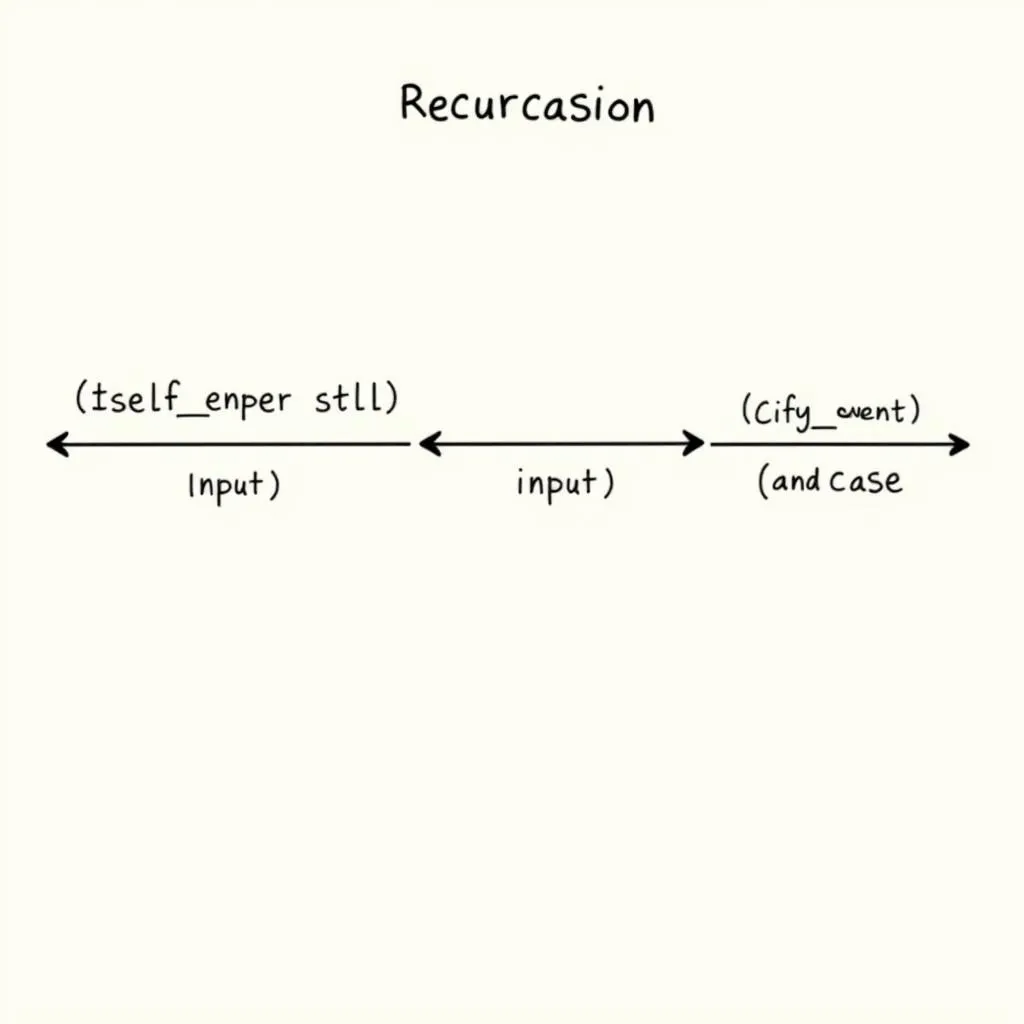ASEAN fire monitoring plays a crucial role in the region’s fight against transboundary haze pollution. This article delves into the complexities of this issue, exploring the mechanisms, technologies, and collaborative efforts that contribute to effective fire monitoring in Southeast Asia.
The Significance of Fire Monitoring in ASEAN
Southeast Asia experiences annual fire seasons, often linked to agricultural practices and land clearing. These fires, while seemingly localized, can have far-reaching consequences. The resulting haze pollution transcends national boundaries, impacting air quality, public health, and economic activities across the region.
Effective fire monitoring is not just about identifying fires; it’s about understanding their behavior, predicting their spread, and enabling timely responses. This data-driven approach allows authorities to allocate resources efficiently, mitigate risks, and minimize the transboundary impact of haze pollution.
A Multifaceted Approach to Fire Monitoring
ASEAN fire monitoring relies on a multifaceted approach, combining traditional ground-based observations with advanced technologies.
- Satellite Imagery: Satellites equipped with sensors detect thermal anomalies, indicating potential fire hotspots. This real-time data provides a comprehensive view of fire occurrences across vast geographical areas.
- Ground-Based Monitoring: Local communities, forest rangers, and fire brigades play a vital role in ground-truthing satellite data, verifying fire occurrences, and assessing their severity.
- Meteorological Data: Wind patterns, humidity levels, and rainfall data are crucial for predicting fire behavior and potential haze dispersion. Integrating this information with fire data enhances forecasting accuracy.
ASEAN Cooperation: A Unified Front Against Haze
Recognizing the transboundary nature of haze pollution, ASEAN member states have established collaborative frameworks and initiatives to enhance regional fire monitoring and response.
- ASEAN Specialised Meteorological Centre (ASMC): The ASMC plays a pivotal role in coordinating fire danger rating systems, sharing fire hotspot information, and providing early warning advisories to member states.
- ASEAN Agreement on Transboundary Haze Pollution: This legally binding agreement commits member states to collaborate on haze prevention, monitoring, and mitigation measures.
- Regional Haze Action Plan: The action plan outlines specific steps to enhance fire monitoring, prevention, and law enforcement, aiming to reduce haze occurrences and their impact.
Challenges and Future Directions
While significant progress has been made, challenges remain in achieving a completely haze-free ASEAN.
- Data Sharing and Accessibility: Ensuring seamless data exchange between countries and making information accessible to local communities is crucial for timely response.
- Capacity Building: Strengthening the capacity of member states in fire monitoring, data analysis, and firefighting techniques remains an ongoing effort.
- Community Engagement: Raising public awareness about the importance of fire prevention, responsible land management practices, and the role of individuals in reporting fires is vital.
Conclusion
ASEAN fire monitoring is a testament to the region’s commitment to tackling transboundary challenges collaboratively. By leveraging technology, strengthening partnerships, and empowering communities, ASEAN strives to create a future where its skies are clear and its people breathe clean air.
FAQs
1. What is the main cause of haze in Southeast Asia?
The primary cause of haze in Southeast Asia is land clearing fires, often related to agricultural practices and deforestation.
2. How does ASEAN monitor fires?
ASEAN utilizes a combination of satellite imagery, ground-based observations, and meteorological data to monitor fire occurrences and predict their behavior.
3. What is the role of the ASEAN Agreement on Transboundary Haze Pollution?
This agreement provides a legal framework for ASEAN member states to cooperate on haze prevention, monitoring, and mitigation measures.
4. How can individuals contribute to fire prevention?
Individuals can play a role by practicing responsible land management, refraining from open burning, and reporting fire occurrences to local authorities.
5. What are some future challenges in ASEAN fire monitoring?
Challenges include improving data sharing, enhancing capacity building efforts, and promoting community engagement in fire prevention.
Need Assistance?
For any inquiries or assistance related to ASEAN fire monitoring and related issues, please don’t hesitate to contact us:
Phone: 0369020373
Email: [email protected]
Address: Thon Ngoc Lien, Hiep Hoa, Bac Giang, Vietnam
Our dedicated customer support team is available 24/7 to assist you.

